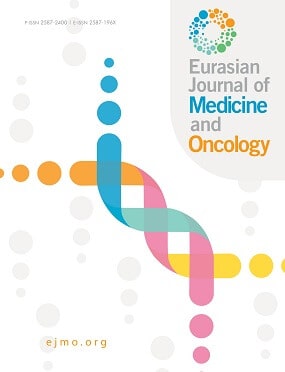

Hydroxychloroquine as Potent Inhibitor of COVID -19 Main Protease: Grid Based Docking Approach
Jitender Kumar Malik1, Himesh Soni2, Sarvesh Sharma2, Satish Sarankar31Department of Pharmaceutical Chemistry, Bharat Institute of Pharmacy, Sonepat, India, 2D.H.S. Bhopal, India, 3IES Institute of Pharmacy, Ratibad, Bhopal, India,
Objectives: Coronavirus (COVID-19) is an enveloped RNA virus that occurs in various forms in humans and wildlife. A total of six disease-causing species have been identified in humans. Viral infections play a vital role in human diseases, and recent outbreaks have developed globally in the form of novel corona. The SS-RNA virus from the enveloped coronavirus family caused SARS (Severe Acute Respiratory Syndrome), a life-threatening viral infection. In many countries around the world, the spread of infection is rapid. As of March 26, 2020, there were 462.684 confirmed cases globally, and 20.834 deaths were recorded. The World Health Organization (WHO) described COVID-19 as a pandemic on March 11, 2020. There are numerous drug trials going on with some positive results. However, since no vaccine is available, the best way to combat the virus is to use preventive methods. Methods: In this study, an attempt was made to find the new COVID-19 main protease inhibitor with a molecular docking approach. A grid-based docking approach was chosen to find the binding using VLife MDS software. The 2D structure of the compounds was created and then converted into the 3D, and then, it was energetically minimized up to the RMS gradient of 0.01, using the Merck Molecular Force Field (MMFF). By using cavity determination option, the enzymeís cavities were determined. Cavity no.1 was selected for docking. The active site for docking was defined as all atoms within 5A? radius. Results: Hydroxychloroquine is a slow-acting antirheumatic drug. The value of hydroxychloroquine is analogous to that reported for other disease-modifying anti-rheumatic drugs. The docking score obtained was -4.308880 and the number of receptor atoms was 77, while the number of ligand atoms was 20, which shows that hydroxychloroquine binds effectively with Covid-19 protease. Conclusion: Hydroxychloroquine was taken as drug following Lipinskiís rule of five, so it had a very good drug score and drug-likeness score as well. This study reveals that Hydroxychloroquine has good binding affinity with COVID-19 protease and thus can be used as prophylaxis and therapeutic treatment for corona patients. Keywords: COVID-19, Hydroxychloroquine, Molecular Docking & Prevention measures
Cite This Article
Kumar Malik J, Soni H, Sharma S, Sarankar S. Hydroxychloroquine as Potent Inhibitor of COVID -19 Main Protease: Grid Based Docking Approach. EJMO. 2020; 4(3): 219-226
Corresponding Author: Jitender Kumar Malik



